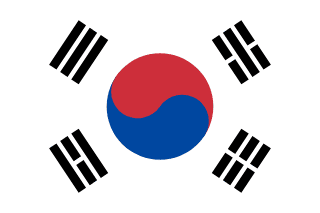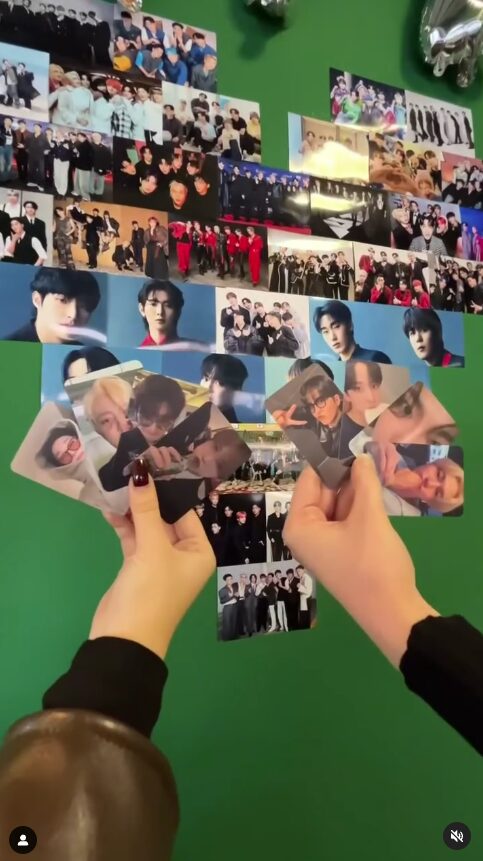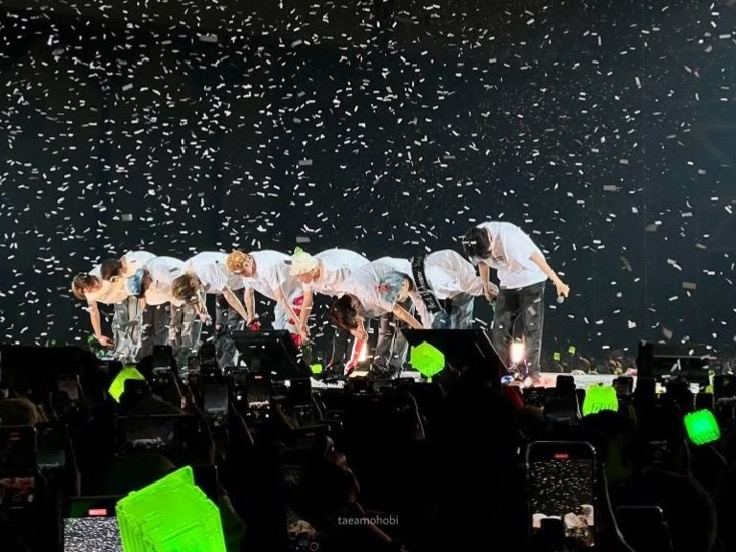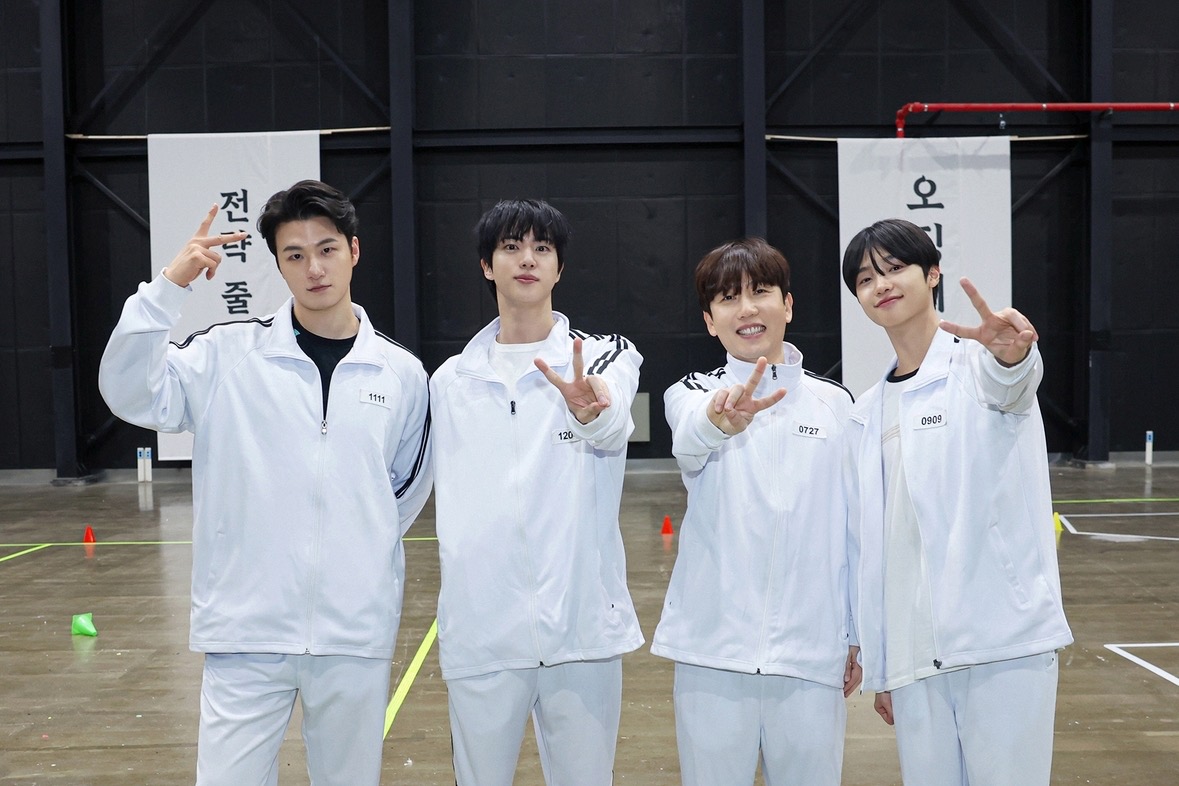If you’re a K-Pop fan, you may have noticed that some months are packed with comebacks while others are surprisingly quiet. Ever wondered why that is? The answer lies in Korean holidays! Just like major industries adjust their schedules around holidays, the K-Pop industry also considers Korea’s biggest celebrations when planning releases. Let’s explore how Korean holidays influence the K-Pop comeback schedule!
1️⃣ Lunar New Year (설날) – A Fresh Start with Fresh Music
📅 When? January or February (varies based on the lunar calendar)
🎉 What’s special? Lunar New Year is one of Korea’s biggest holidays, where families gather to celebrate, enjoy traditional foods, and honor their ancestors.
💡 K-Pop Connection: Many idols take breaks to spend time with their families, leading to fewer comebacks during this time. However, some groups release songs right after Lunar New Year to capitalize on the festive mood and the energy of a new year!
2️⃣ Chuseok (추석) – Korea’s Thanksgiving
📅 When? September or October (based on the lunar calendar)
🎑 What’s special? A three-day harvest festival where people visit their hometowns, enjoy delicious food, and spend time with family.
💡 K-Pop Connection: There are generally fewer comebacks during Chuseok week as people focus on family rather than new music. Instead, idols often release special holiday content, such as hanbok photoshoots, traditional games, or Chuseok greetings for fans.
Comeback Rush: Many groups also release albums before or after Chuseok to capture attention during this seasonal shift.
3️⃣ Golden Week & Promotions in Japan
📅 When? Late April – Early May
🌸 What’s special? In Japan, “Golden Week” is a series of national holidays packed into one week, making it one of the biggest vacation periods of the year.
💡 K-Pop Connection: Given Japan’s significance as a market for K-Pop, many groups release Japanese albums or hold concerts during this time. You’ll often see K-Pop idols promoting heavily in Japan during late April or early May.
4️⃣ Summer Comebacks – The Battle for the Song of the Summer
📅 When? June – August
☀️ What’s special? Summer is vacation season, meaning people have more time to listen to music, attend concerts, and watch variety shows.
💡 K-Pop Connection: The biggest, brightest, and most energetic comebacks occur in summer. Expect fun music videos, beach vibes, and festival-style concepts. Summer is also concert season, with many groups scheduling world tours or fan meetings during this time.
5️⃣ Year-End Comebacks – The Grand Finale
📅 When? October – December
🏆 What’s special? Year-end award shows, music festivals, and holiday celebrations make the last few months of the year particularly exciting.
💡 K-Pop Connection: Major comebacks often happen in the last quarter to qualify for significant award shows, while holiday-themed releases add warm, cozy vibes to match the winter season.
So, Do Holidays Shape K-Pop?
Absolutely! While music is released throughout the year, many comeback dates are strategically planned around major holidays. Whether avoiding busy times for fans or taking advantage of festive moods, K-Pop companies know exactly when to drop new music for maximum impact.
💬 Did you notice this before? What’s your favorite holiday comeback? Let’s chat in the comments! 🎶
⊹ Image credit: Created by the author
Author: Taby Indonesia





